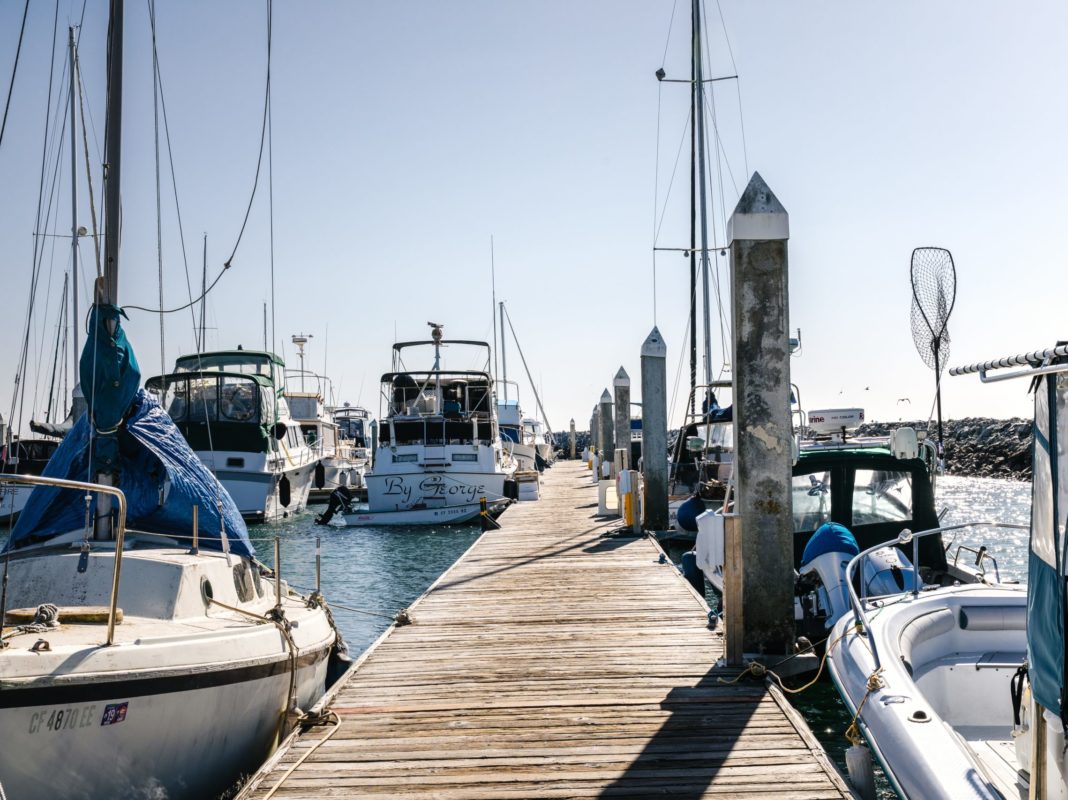
- Categories:
- News
- /
- Announcement
Guidance issued on e-boat charging infrastructure
A series of reports issued today gives guidance and recommendations on the installation of chargepoints for electric boats.
Titled “Charging Infrastructure for Near-Shore Electric Vessels”, the documents produced by Cenex offer advice for those with a need to install electric charging infrastructure along the UK coast.
They cover the background of the maritime electric industry, the infrastructure considerations for near-shore operations, and a practical checklist to assist with identifying, selecting and preparing sites for deploying electric boat charging infrastructure.
Download Part 2: The infrastructure considerations for the UK’s near-shore maritime sector
Nick McCarthy, Technical Specialist at Cenex and co-author of the report, said: “Although shipping is considered an efficient means of transport, domestic shipping accounted for 5% of all UK territorial transport emissions. In addition, maritime sources of pollution can be a significant contributor to local air quality pollution.
“Therefore, coastal authorities should set target dates for zero-emission ferry operation and include e-boats and e-boat charging as part of local air quality and environmental strategies.
“For a plug-in hybrid or pure-electric boats to become a possibility, shore-side and near-shore charging infrastructure are required.
“The maritime electric industry is in its infancy, and the market for e-boat recharging infrastructure for a marine environment is even less mature than that for electric vehicels.
“There are lessons that the automotive industry can teach us, however, there are additional requirements that are unique to electric boats that need to be considered for the technology to be successful.
“These reports will provide the foundations needed to fully electrify and charge small ferries, leisure craft and other electric vessels within ports and harbours.”
Infrastructure providers and boat operators must consider the vessel’s operating pattern, battery size and site constraints at the outset of any maritime electrification project.
Top-up charging options should be explored first, where e-boats regularly charge while passengers or goods board, as this allows for smaller battery sizes and a lower total cost of ownership. In contrast, if expensive grid infrastructure reinforcement is required, a larger battery and out-of-use charging system may be preferable.
The reports explore cabled, automated, and wireless charging systems at fixed berthing sites (such as quays or harbour walls) and floating sites (such as pontoons or floating piers) as wells as the opportunity for a public charging network for electric boats.
Automated charging infrastructure can provide a quick connection to reduce scheduling delays. Automatic charging can allow greater flexibility when locating the charging inlet on the vessel as the reduced need for human intervention means charging ports can be located in less accessible portions of the vessel, increasing the overall safety of the charging operation.
Charging infrastructure must prevent salt-water and sand ingress and provide corrosion protection in all cables, mountings and fixings. Wireless charging can give an inherently high level of ingress protection in comparison to conductive methods, as well as allow relative movement between the vessel and the charging system.
The reports were written by Cenex for Plymouth City Council, where the UK’s first electric sea-going ferry started operating in 2020.
Boat operators, chargepoint manufacturers and operators, local authorities, port and marina operators, and policymakers will find the reports insightful as electrified maritime technology develops.